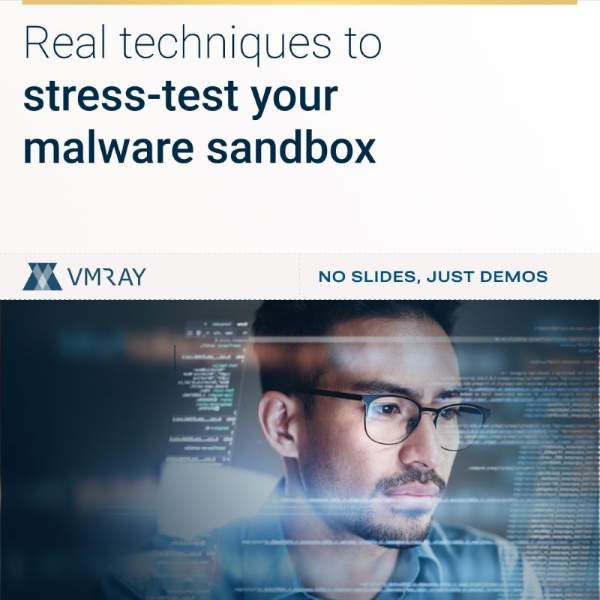Chapter 5: Enhancing Alert Validation Through Security Automation
Embarking on a deeper exploration, this chapter plunges into the pivotal realm of alert validation, shedding light on its significance from the perspective of SOC teams. As the digital battlefield continues to evolve, the efficacy of cybersecurity measures hinges on not only the quality of alerts but also the streamlined processes that validate their legitimacy. Amidst the ceaseless torrent of potential threats, the art of distinguishing real dangers from false positives becomes an indispensable asset. Beyond the initial reduction of false alarms, the sustained success of this approach lies in its ability to adapt to an ever-changing landscape.
Operating systems evolve, new applications are introduced, and drivers are updated – all of which can trigger alerts. The challenge magnifies for security experts who face the relentless task of managing these variables manually. Automation emerges as the beacon of hope, alleviating the burden and allowing these skilled professionals to focus on the complex analysis and proactive strategies that truly fortify defenses.
Understanding the dynamics of alert validation
Implementing alert validation within SOC processes presents a pivotal shift. Initially, the integration of this methodology brings about a remarkable reduction in false positives. However, this is merely the tip of the iceberg. A sustained reduction in false positives hinges on continuous fine-tuning. As your ecosystem evolves with new applications, operating system updates, and driver enhancements, the dynamic nature of cybersecurity necessitates constant vigilance.
Drivers, notorious for contributing to false positives, can exemplify the challenges faced. This continuous tuning becomes a formidable task when performed manually. The labor-intensive process of sifting through alerts and eliminating false positives can quickly escalate into a nightmare. Hence, the imperative lies in automation, which not only reduces the burden but also ensures accuracy and consistency.
Unlocking Automation for Alert Validation
Automation emerges as the beacon of hope within this labyrinth of alert validation. A spectrum of avenues opens up when it comes to streamlining the process. Direct integration, such as the one provided by VMRay, seamlessly bridges the gap between existing solutions and automation. The beauty of this integration lies in its non-invasive nature, eliminating the need for additional agents.
The process unfolds as follows: when an EDR alert is triggered, the system employs existing connectors to initiate the workflow. Without interrupting the operational flow, the alert journeys to the central solution, be it cloud-based or on-site. Here, the synergy comes into play as the alert triggers the integration. The culprit file causing the alert is fetched from the endpoint system and transferred to VMRay platform.
Then, VMRay’s comprehensive behavior analysis gets into action. The verdict not only identifies false positives but also enriches true positives. The precision is derived from the behavior-based approach, ensuring that only alerts triggered by genuinely malicious or suspicious behavior are acted upon. The result is twofold: wasted investigation time on false positives is minimized, and the accuracy of true positives is elevated.
The enrichment goes beyond mere identification. VMRay’s automation generates Indicators of Compromise (IOCs), facilitating the tracking of potential threats across the digital landscape. Furthermore, these enriched insights provide a virtuous cycle for enhancing the performance of existing EDR tools. The collaboration between automation and human expertise becomes the fulcrum upon which SOC teams pivot.
The scope of this integration extends beyond familiar terrain. Blind spot detection—a critical component of modern threat detection—finds its ally in this process. The system can be primed not just to detect malicious behavior, but also to flag unknown anomalies, amplifying its potential manifold. It’s a harmonious partnership where automation and human judgment align to foster greater cybersecurity resilience
Amplifying security tools and teams: Unlocking the potential through security automation
As the world of cybersecurity barrels forward, the call for adaptability grows louder. SOC teams stand at the nexus of this change, burdened by the weight of alerts and the urgency to differentiate the genuine threats from the noise. Here, automation doesn’t replace existing tools; it enhances them, like a seasoned conductor guiding an orchestra towards symphonic excellence.
VMRay’s approach doesn’t disrupt; it complements, unlocking the full value of security solutions while empowering security teams to navigate the evolving threat landscape with unparalleled efficiency.


